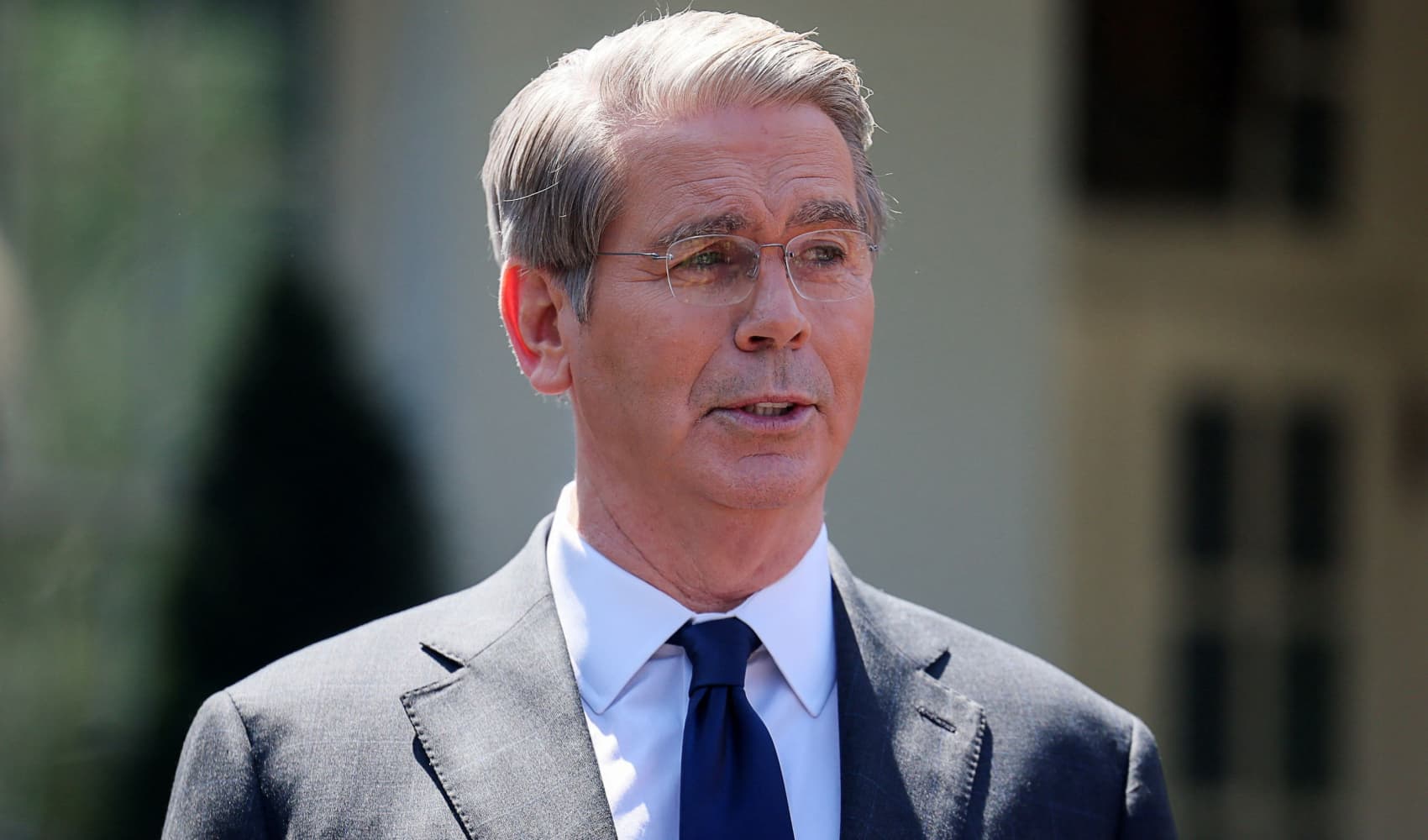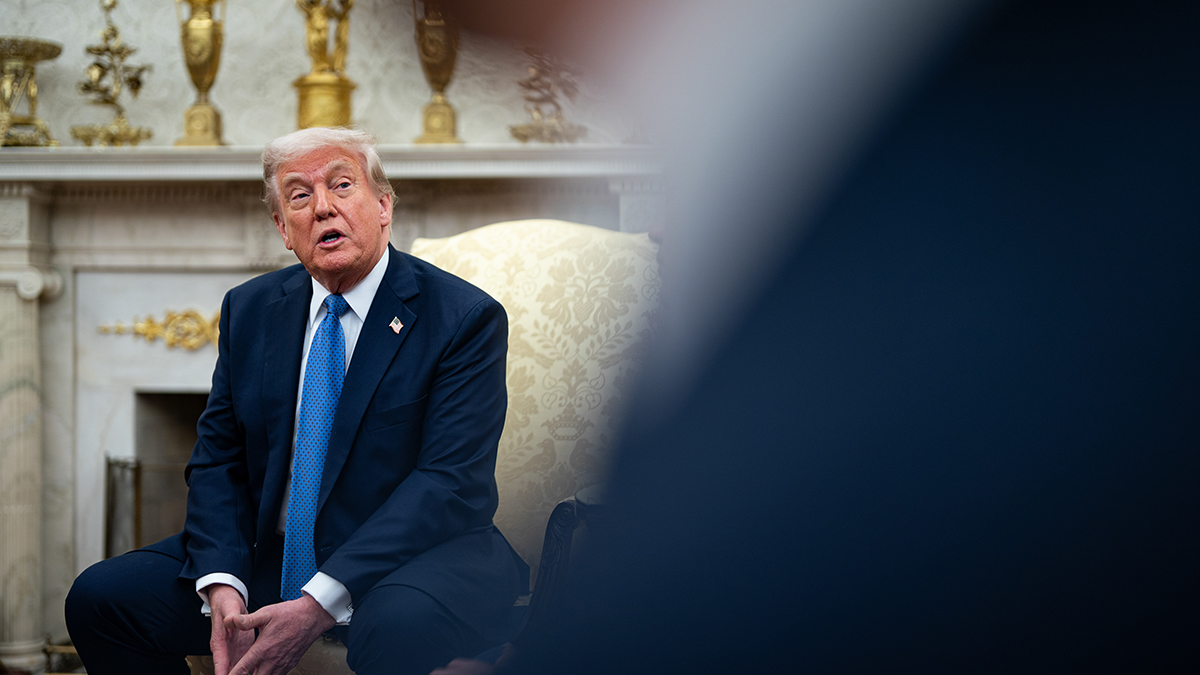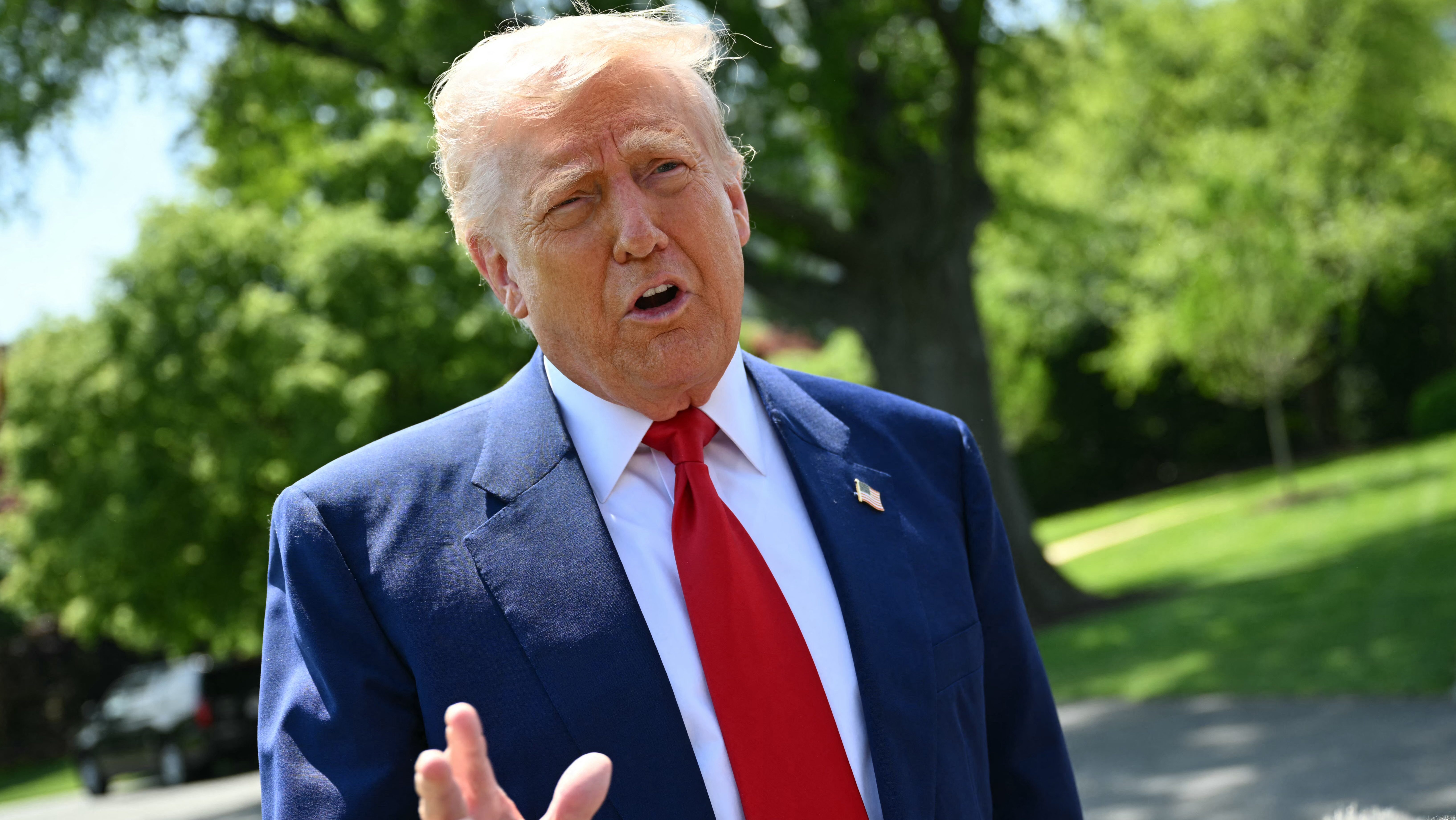China Retaliation: Countries Aligned with US Face Consequences
China's Red Line: Retaliation Looms for Nations Echoing US Against Beijing
Introduction: The Geopolitical Chessboard Heats Up
The world stage is looking more like a geopolitical chessboard every day, isn't it? With pawns, knights, and queens maneuvering for position, and a tense air of anticipation hanging heavy in the balance. At the center of this drama is the ongoing power struggle between the United States and China. Recently, China has issued a stark warning: countries that align with the U.S. in ways that harm Beijing's interests will face retaliation. Let's unpack this. This isn't just idle talk; it's a clear declaration that China intends to defend its position on the global stage, consequences be damned.
The Spark: U.S. Pressure and Trade Wars
What ignited this latest flare-up? Well, the smoldering embers of the U.S.-China trade war have been fanned into a potentially raging fire. The Trump administration's reported plans to leverage tariff negotiations to pressure other nations to distance themselves from China have clearly struck a nerve.
Tariffs as a Weapon
Think of tariffs as economic weapons. When the U.S. threatens to impose or increase tariffs, it's essentially telling its partners, "Choose: trade with us on favorable terms, or trade with China and face financial penalties." This kind of pressure can be difficult for smaller nations to resist.
China's Stance: No Deals at China's Expense
China's message is unambiguous: "China firmly opposes any party reaching a deal at the expense of China’s interests. If this happens, China will not accept it and will resolutely take reciprocal countermeasures." That statement, translated from the Chinese Ministry of Commerce, leaves little room for interpretation. We're talking about potential economic pain for countries that toe the U.S. line at China's detriment.
Understanding "Reciprocal Countermeasures"
What exactly do these "reciprocal countermeasures" entail? While China hasn't explicitly laid out its playbook, history and precedent offer some clues.
Economic Retaliation: Trade and Investment
Trade is a two-way street, and China wields considerable economic power. Retaliatory measures could include:
- Imposing tariffs on goods imported from the offending country.
- Restricting access to the Chinese market for businesses from that country.
- Discouraging Chinese investment in that country.
- Leveraging its position as a major consumer of raw materials to hurt resource-exporting nations.
Diplomatic Repercussions
Beyond economics, diplomatic relations could suffer. Imagine:
- Reduced high-level visits and dialogues.
- Support for opposing factions within the country in question (if applicable).
- Strongly worded statements condemning the country's actions in international forums.
The Implications for Global Trade
This situation has far-reaching implications for the global trading system. We're potentially looking at:
A Fractured Global Economy
The prospect of nations being forced to choose sides could lead to a more fragmented global economy, with distinct trading blocs aligned with either the U.S. or China. This would disrupt supply chains, increase costs, and potentially stifle innovation.
Increased Geopolitical Tensions
Economic coercion rarely stays confined to economics. The risk of geopolitical tensions escalating as countries navigate these competing pressures is very real. Think of it like a tightrope walk with a strong headwind – one wrong step could lead to a fall.
Small Nations in the Crossfire
Perhaps the most vulnerable players in this game are smaller nations that rely on trade with both the U.S. and China. These countries face a difficult balancing act, trying to maintain good relations with both superpowers without provoking either one.
Navigating the Tightrope
For these nations, diplomacy and strategic hedging will be key. They'll need to carefully weigh the potential benefits and risks of aligning too closely with either side and explore opportunities for diversifying their trade relationships.
The U.S. Perspective: Containing China's Influence
From the U.S. perspective, this is about containing China's growing economic and geopolitical influence. The U.S. sees China's rise as a challenge to its own global leadership and is taking steps to push back.
Isolating Beijing: A Strategy with Risks
But is isolating Beijing a viable strategy? Some argue that it's counterproductive, pushing China further towards isolation and potentially making it more aggressive. Others believe it's a necessary step to protect U.S. interests and values. It's a high-stakes gamble either way.
China's Response: A Fight for its Place
China views this as a fight for its rightful place in the world. It believes it has earned its economic success and that attempts to contain its growth are unfair and discriminatory.
A Multi-Polar World: China's Vision
China's vision is one of a multi-polar world, where power is distributed among several major players, rather than concentrated in the hands of a single superpower. This vision clashes directly with the U.S.'s desire to maintain its global dominance.
The Future: Uncertainty and Potential Flashpoints
The future remains uncertain. This standoff could lead to a new Cold War, or it could eventually result in a new equilibrium where the U.S. and China coexist as major powers. But in the short term, expect:
Continued Volatility
Expect continued volatility in global markets as the U.S.-China relationship ebbs and flows. News headlines will drive market sentiment, and businesses will need to be agile to navigate the shifting landscape.
Increased Scrutiny of Trade Deals
Expect increased scrutiny of trade deals as countries try to ensure they're not caught in the crossfire. Transparency and due diligence will be more important than ever.
Finding a Path Forward: Diplomacy and Dialogue
Ultimately, the best path forward is through diplomacy and dialogue. The U.S. and China need to find a way to manage their differences and cooperate on issues of mutual concern, such as climate change, global health, and nuclear proliferation.
Open Communication is Key
Open communication is critical to preventing misunderstandings and miscalculations. Both sides need to be willing to listen to each other's concerns and find common ground.
Conclusion: Navigating a Complex World
China's warning of retaliation against countries siding with the U.S. is a clear sign of the intensifying competition between the two superpowers. Smaller nations face a challenging dilemma, needing to balance their relationships carefully. The situation has significant implications for global trade and geopolitical stability. Diplomacy and dialogue are essential to preventing further escalation and finding a path toward peaceful coexistence. The world is watching, and the stakes are high.
Frequently Asked Questions (FAQs)
Here are some frequently asked questions about this complex situation:
- What specific actions might China take as "reciprocal countermeasures"?
While specific actions are not explicitly outlined, they could include tariffs on imports, restricted market access for businesses, discouragement of Chinese investment, and diplomatic repercussions such as reduced high-level visits. - How will this affect businesses operating in both the U.S. and China?
Businesses face increased uncertainty and potential disruptions to supply chains. They may need to diversify their operations and develop contingency plans to mitigate risks associated with trade restrictions and geopolitical tensions. - What can smaller nations do to navigate this complex geopolitical landscape?
Smaller nations should prioritize diplomacy, diversify their trade relationships, and carefully weigh the potential benefits and risks of aligning too closely with either the U.S. or China. - Is there any hope for a resolution to the U.S.-China trade war?
While challenges remain, ongoing dialogue and negotiations offer some hope for a potential resolution. However, fundamental differences in economic and geopolitical perspectives make reaching a comprehensive agreement difficult. - How does this situation impact global consumers?
Consumers could face higher prices due to tariffs, reduced availability of certain goods, and increased economic uncertainty.





